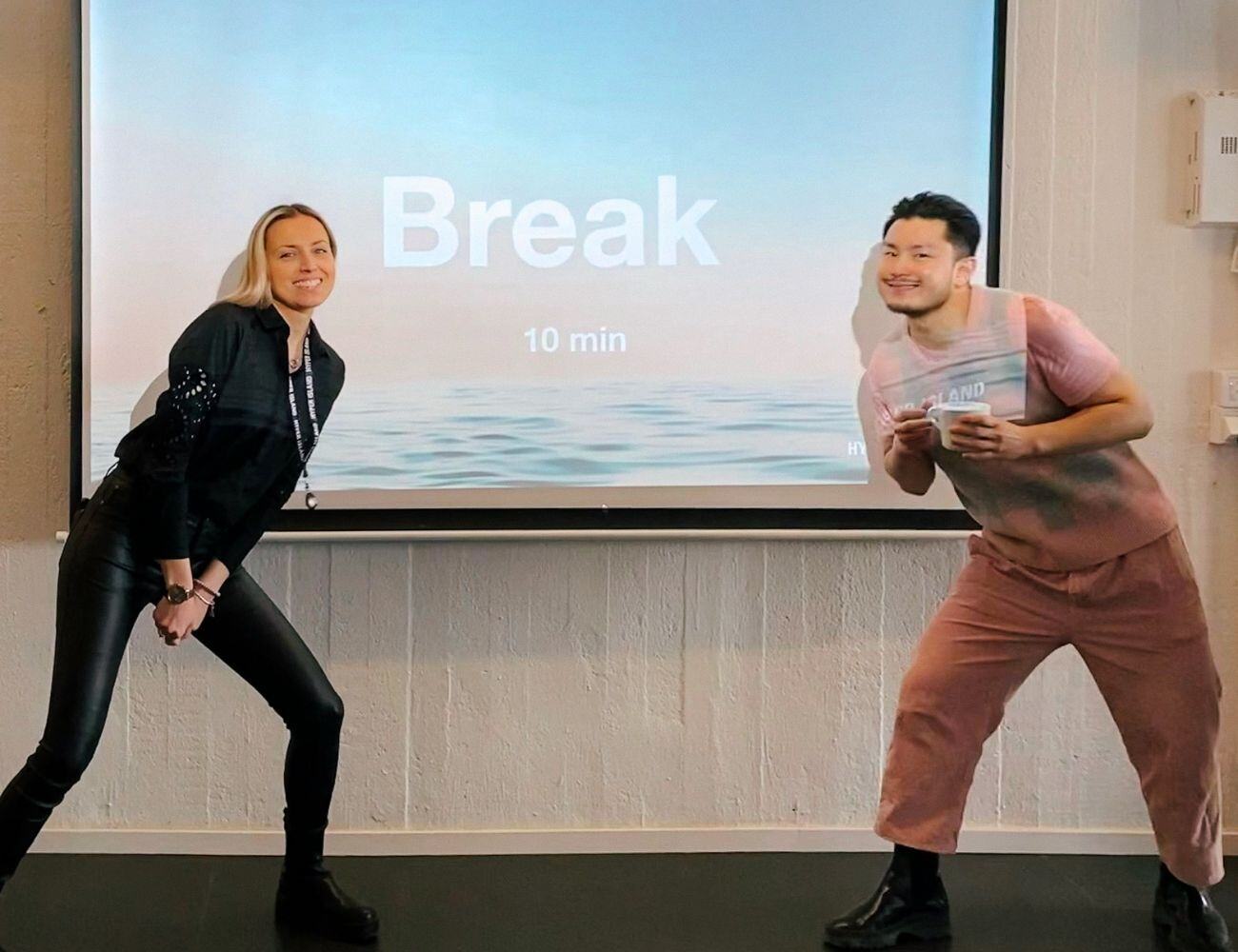The concept of the five love languages, originally introduced by Dr. Gary Chapman to enhance personal relationships, has proven to be equally valuable in the professional realm. By understanding and implementing these love languages—words of affirmation, acts of service, receiving gifts, quality time, and physical touch—in the workplace, we can foster a more positive, collaborative, and productive environment where employees feel valued and motivated.
In a professional context, words of affirmation go beyond simple compliments. They encompass sincere praise, constructive feedback, and verbal recognition of an individual's contributions. This can be achieved through various means:
- Direct and Specific Praise: Instead of generic compliments, highlight specific accomplishments and the positive impact they had on the team or company.
- Public Recognition: Acknowledge achievements in team meetings, company gatherings, or social media platforms to boost morale and motivation.
- Constructive Feedback: Offer feedback that is specific, actionable, and focused on growth and development, demonstrating a commitment to the employee's success.
- Written Notes of Appreciation: A handwritten note expressing gratitude for an employee's hard work can be a powerful motivator and a tangible reminder of their value.
Acts of service in the workplace involve extending a helping hand to colleagues, demonstrating a willingness to support and assist them in their tasks and responsibilities. This can manifest in numerous ways:
- Offering Assistance: Stepping in to help a colleague meet a tight deadline, sharing workload during peak periods, or simply offering to take on a small task to lighten their load can make a significant difference.
- Mentorship and Guidance: Senior employees can share their knowledge and expertise with junior colleagues, guiding them through challenges and helping them develop their skills.
- Team Collaboration: Working together effectively, sharing resources, and supporting each other's goals fosters a sense of camaraderie and collective responsibility.
While gift-giving in the workplace shouldn't be extravagant or obligatory, small, thoughtful gestures can go a long way in showing appreciation and building relationships.
- Personalized Gifts: Consider a colleague's interests or hobbies when choosing a gift, demonstrating that you value them as an individual.
- Team Celebrations: Recognize team accomplishments with a shared lunch, a fika, or a fun team-building activity.
- Milestone Recognition: Acknowledge work anniversaries, birthdays, or other significant events with a small token of appreciation.
Quality time in the workplace involves dedicating focused and undivided attention to colleagues and employees, fostering a sense of connection and belonging.
- Active Listening: During meetings and one-on-one interactions, practice active listening, demonstrating genuine interest in what others have to say.
- Regular Check-Ins: Schedule regular one-on-one meetings with employees to discuss their progress, address any concerns, and provide support.
- Team-Building Activities: Organize team lunches, after work hangout, or retreats to promote bonding, communication, and collaboration outside of the daily work routine.
- Open-Door Policy: Encourage open communication and create a safe space for employees to share ideas, feedback, and concerns without fear of judgment.
Physical touch in the workplace requires careful consideration and adherence to professional boundaries. While certain forms of physical contact may be appropriate, it's crucial to be mindful of individual preferences and cultural norms.
- Handshake: A firm handshake is a standard professional greeting that conveys confidence and respect.
- High-Five or Fist Bump: In more casual settings, a high-five or fist bump can be used to celebrate a team achievement or show support.
- Hug: A hug can be a gesture of encouragement and reassurance, but it's important to ensure it's welcome and appropriate.
By integrating the five love languages into the workplace, we can create a culture of appreciation, teamwork, and mutual respect. Recognizing and responding to the diverse needs and preferences of colleagues strengthens relationships, boosts morale, and enhances overall job satisfaction. When employees feel valued and supported, you will see they are more likely to be engaged, productive, and committed to the organization's success.


WANT TO GET NOTIFIED ABOUT OUR EVENTS?
Join our mailing list for tips, events, and opportunities.

